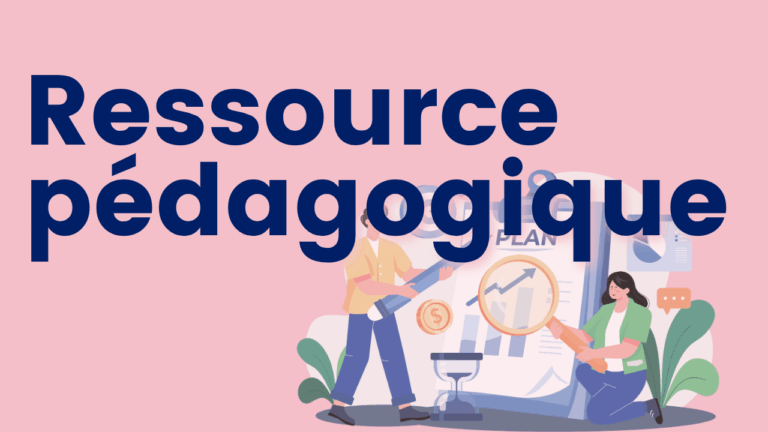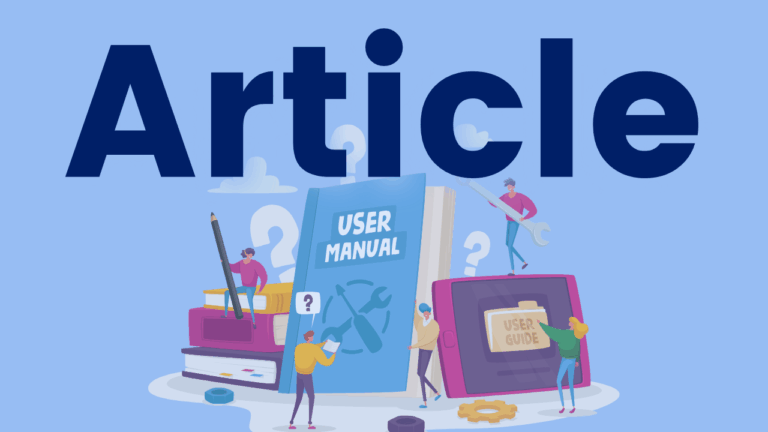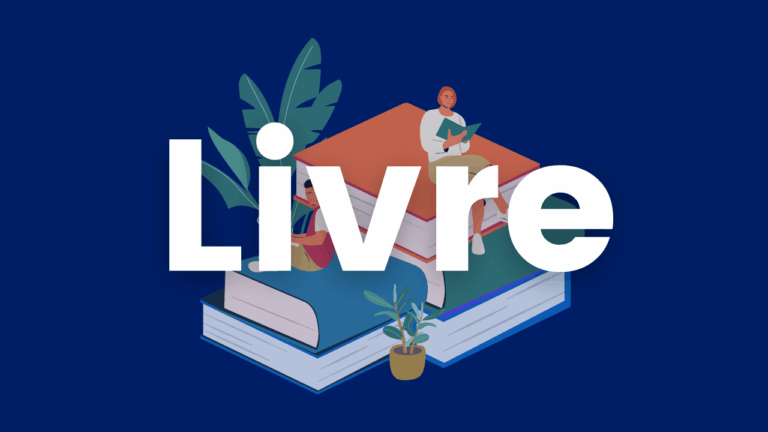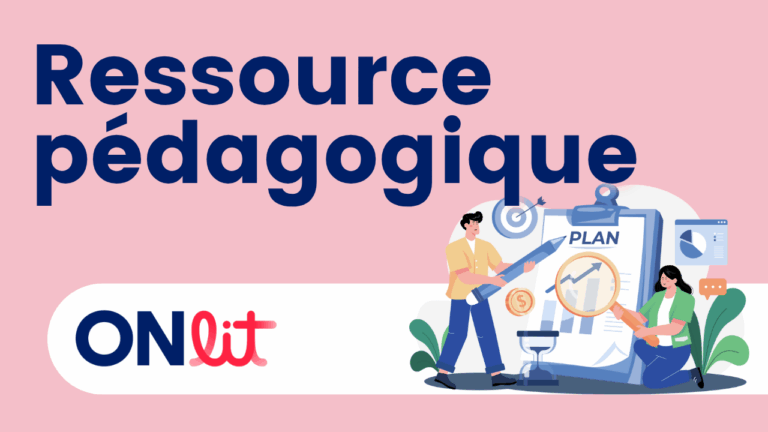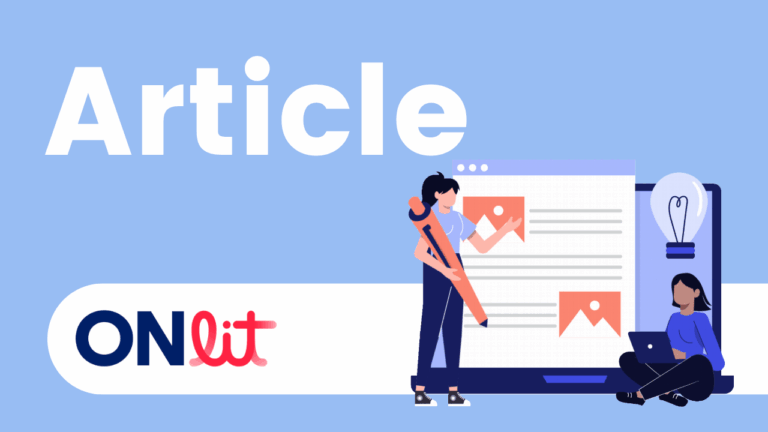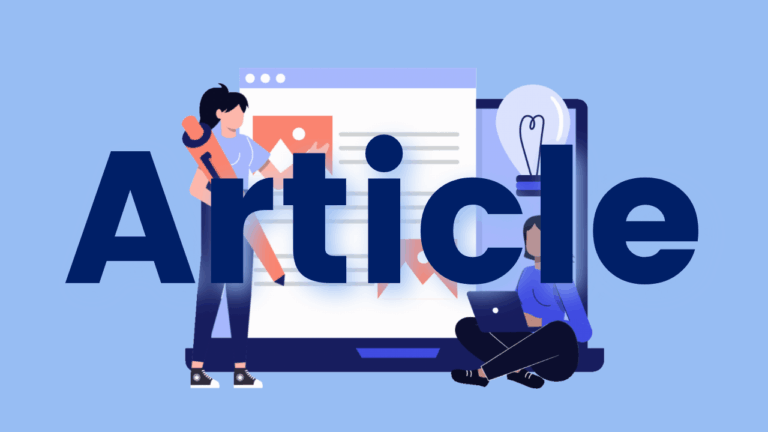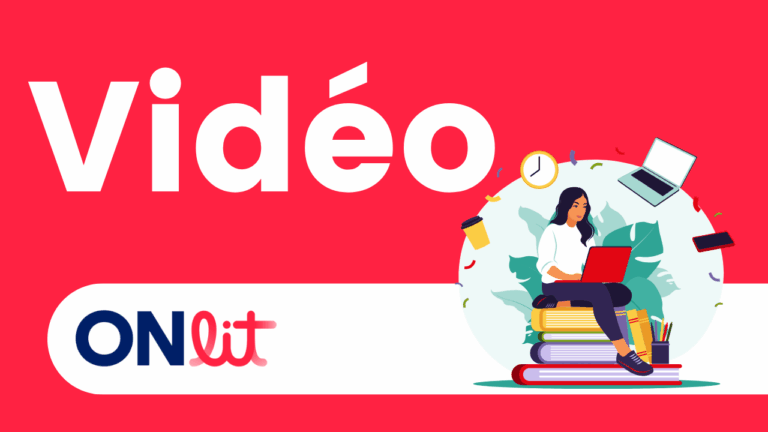Recueil de notions fondamentales
Ce recueil a été rédigé à l’intention du personnel enseignant en vue de lui permettre de mieux comprendre l’importance de soutenir dans la mise en application des notions fondamentales de la langue en lecture et en écriture, telles qu’elles sont décrites dans l’attente B2 du programme-cadre. Plus spécifiquement, le personnel enseignant trouvera dans ce recueil…

